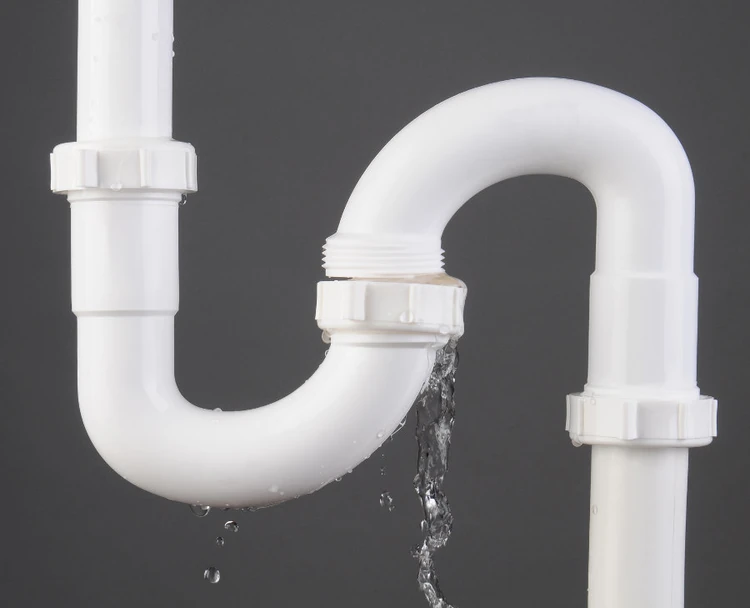How about this for a nightmare scenario?
A family leaves on a long anticipated two-week vacation. A few days later a fixture in their home develops a water leak.
Maybe it's the kitchen faucet, a failing water heater, or a break in the hose connecting the washing machine. Whatever the source, the family returns from their vacation to find thousands of dollars in damage to their waterlogged home.
A survey by Chubb finds homeowners, for the most part, are oblivious to potential water damage from inside the home, despite the fact that water damage is more common than either fire or theft.
"The time between when a leak occurs and when it is discovered is the single greatest factor in determining the amount of damage," said Fran O'Brien, division president of Chubb North America Personal Risk Services. "As a result, leaks that occur while you're away result in greater amounts of damage, in terms of both cost and severity."
Frequency has nearly doubled
And it seems to be happening a lot more lately. In the last decade, Chubb says the frequency of interior pipe breaks has nearly doubled. Making matters worse, August seems to be the month when a water break is most likely to occur -- precisely the time that many people are away on vacation.
Besides never leaving home, there are preventive steps homeowners can take to minimize the risk of interior water damage. A first step is to inspect your home's most vulnerable components.
It starts with your water heater. Over time, connections degrade and may fail. Look for signs of leakage and corrosion around the connections for both cold and hot water. The average lifespan of a water heater is 10 years, so if your appliance is older than that, it may bear careful watching.
Washing machine hoses
Another danger point is where your washing machine connects to hot and cold water supplies. These are usually hoses that are constantly filled with water pressure, except when the appliance is running. Over time, the hoses may develop weak points from the constant pressure and break. Hoses should be replaced on a regular basis -- some manufacturers recommend every five years.
Kitchen and bathroom faucets are also connected to the water supply with hoses. In most cases, those hoses are inside of cabinets and are out of sight, so they need to be inspected on a regular basis and replaced periodically.
If you suffer interior water damage from a broken water connection, your homeowners insurance may or may not cover it. The Texas Department of Insurance recommends reviewing your insurance policy to see what's covered. It says homeowners may be able to add coverage for sudden and accidental water damage from a plumbing, heating, or air conditioning system, as well as sewer backups and mold remediation.
